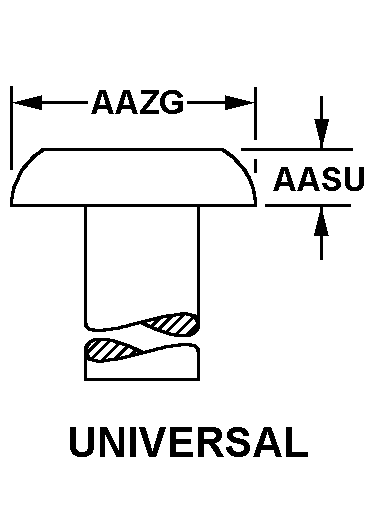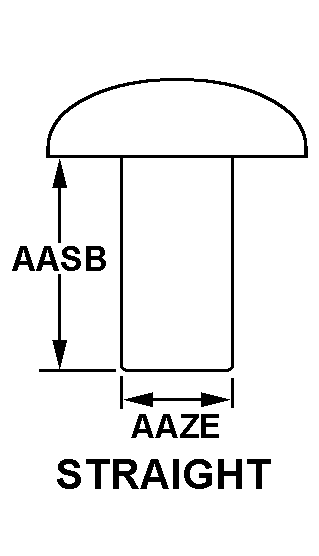5320002342608
Price Quote Get an up to date pricing and availability quote for this product. Order online or over the phone.
Quality Commitment
Serving our customers with quality and safety first.
- AS9120 Certified
- Audited supply chain
- ITAR Registered
- DDTC Registered
- HAZMAT Certified
- Customer service objectives
- Every product 100% inspected

5320-00-234-2608 Specification Set by the OEM (see RNCC code 3)
1.490in. and 1.510in. ⁓1-33/64"
universal
0.189in. and 0.199in. ⁓13/64"
0.436in. and 0.442in.
straight
0.832in. and 0.918in.
65000 single pounds per square inch
material document and classification, fed std 66, fed std 66, fed std 66, fed std 66, fed std 66 302b, fed std 66 384, fed std 66 D319, fed std 66 325, fed std 66 330, 330a
annealed
steel comp 301 or steel comp 302 or steel comp 303 or steel comp 303se or steel comp 304 or steel comp 304l or steel comp 305 or steel comp 308 or steel comp 309 or steel comp 309s or steel comp 310 or steel comp 310s or steel comp 314 or steel comp 316 or steel comp 316l or steel comp 317 or steel comp 321 or steel comp 347 or steel comp 348 or steel comp 385 or steel
66 fed std 1st material response or 66 fed std 2nd material response or 66 fed std 3rd material response or 66 fed std 4th material response or 66 fed std 5th material response or 66 fed std all material responses or 66 fed std 6th material response or 66 fed std 7th material response or 66 fed std 8th material response or 66 fed std 9th material response or 66 fed std 10th material response or 66 fed std 11th material response or 66 fed std 12th material response or 66 fed std 13th material response or 66 fed std 14th material response or 66 fed std 15th material response
passivate
QQ-P-35 fed spec single treatment response
14 type and c grade
Cross Reference Parts Part numbers that meet the specification outlined on this page and set by the OEM
Identification Item Identification Guide (IIG) and Item Name Code (INC)


Definition Definition of approved item name (AIN): "RIVET,SOLID"
A headed fastening device having a smooth solid shank designed to have the shank end upset after insertion.
5320-00-234-2608 Material Hazmat, Precious Metals, Criticality, Enviroment, and ESD
Indicates there is no data in the hmirs and the nsn is in a fsc not generally suspected of containing hazardous materials.
Precious metal content is unknown
The item does not have a nuclear hardened feature or any other critical feature such as tolerance, fit restriction or application.
Identification Codes
HMIC: Hazardous Material Indicator Code. A one position code that identifies a hazardous item.
PMIC: Precious Metal Indicator Code. A one position code which identifies items that have precious metals as part of their content. precious metals are those metals generally considered to be uncommon, highly valuable, and relatively superior in certain properties such as resistance to corrosion and electrical conductivity.
ESD: Electrostatic Discharge. Indicates if an item is susceptible to electrostatic discharge or electromagnetic interference damage. electrostatic discharge damage occurs when an accumulation of static electricity generated by the relative motion or separation of materials is released to another item by direct contact. electromagnetic interference damage occurs when an item comes into proximity with an electrostatic or magnetic field.
ENAC: Enviromental Attribute Code. Identifies items with environmentally preferred characteristics.
CRITL: Criticality Indicator Code. Indicates an item is technically critical by tolerance, fit, application, nuclear hardness properties, or other characteristics.






